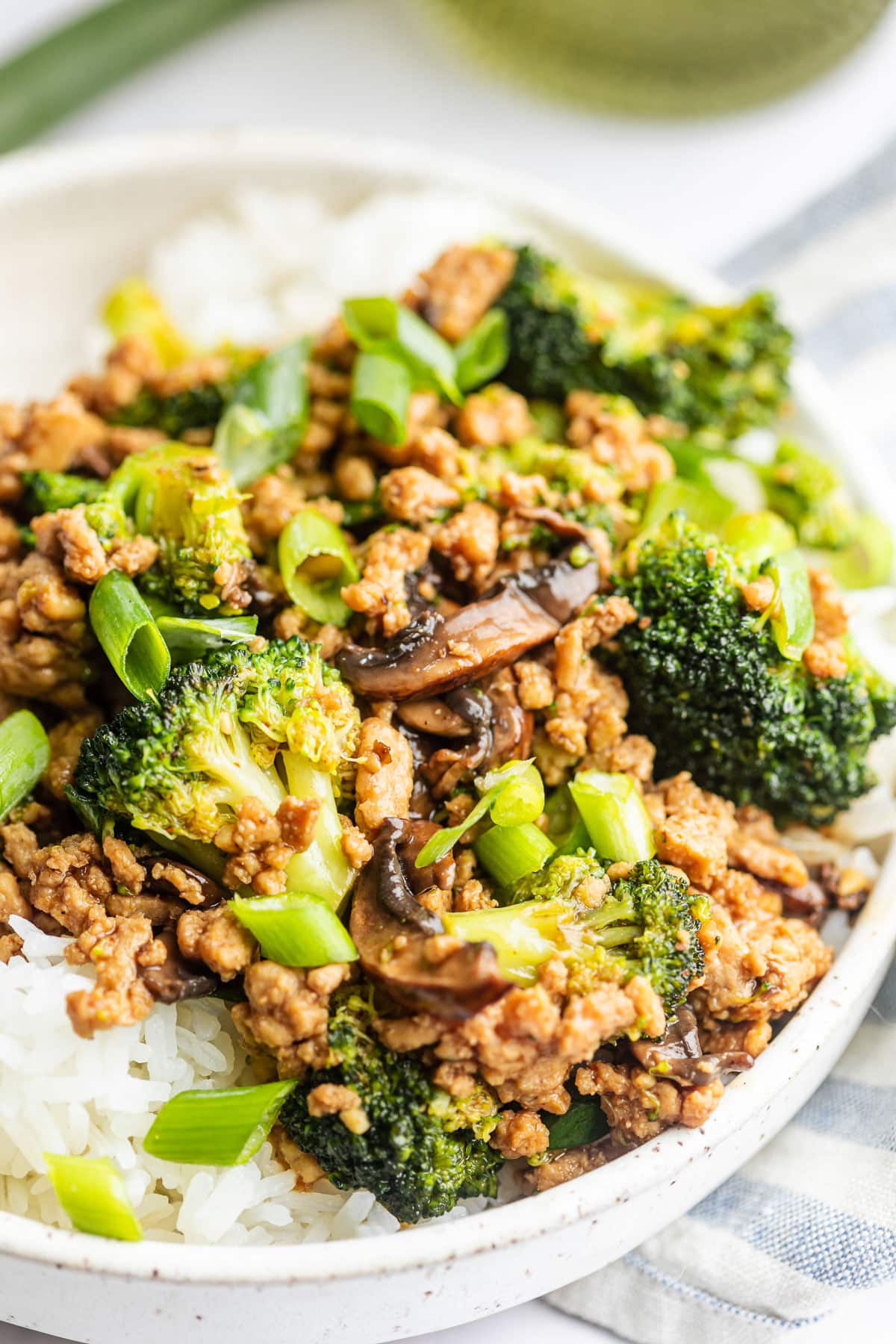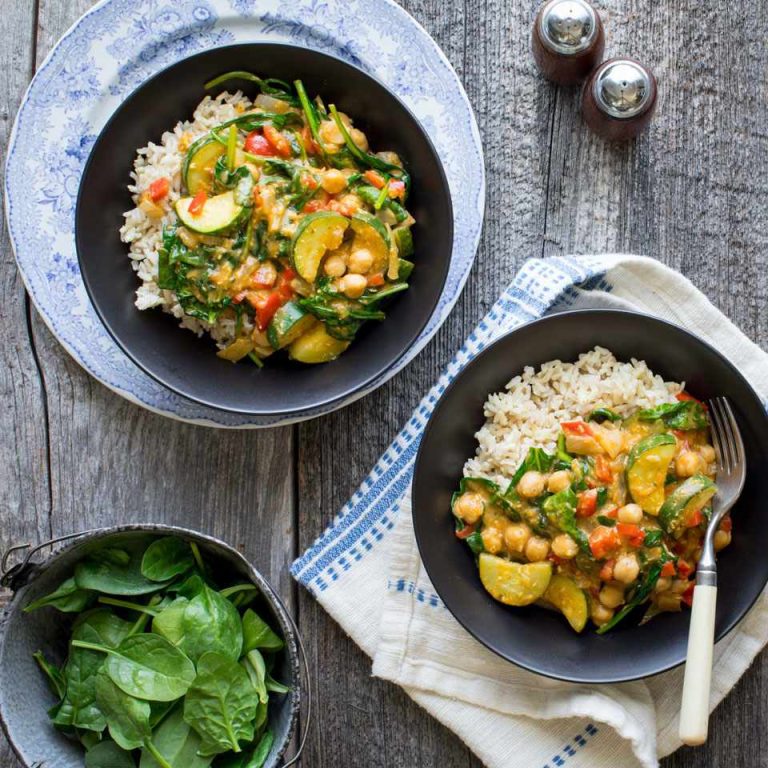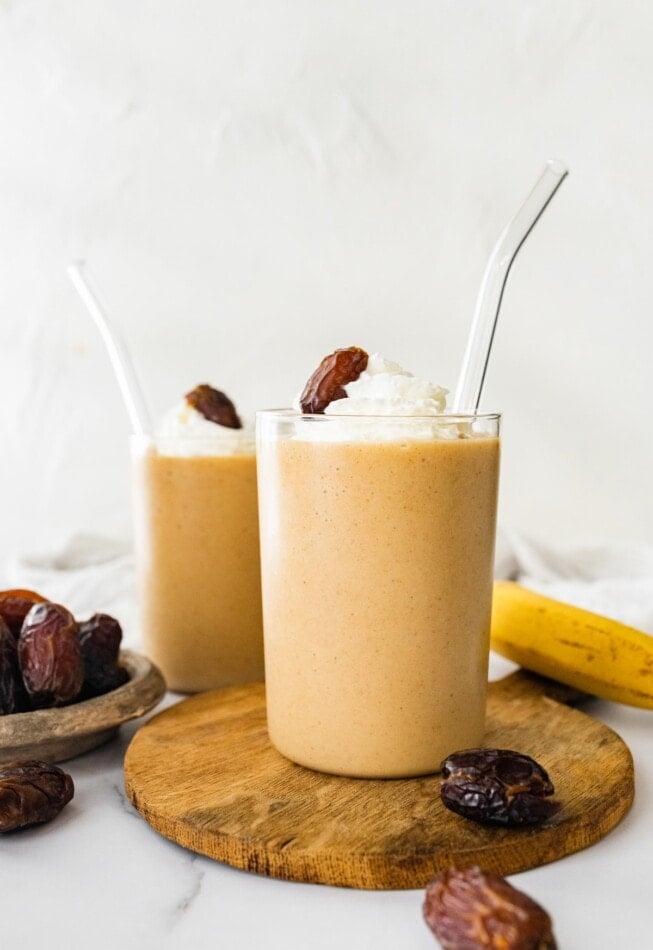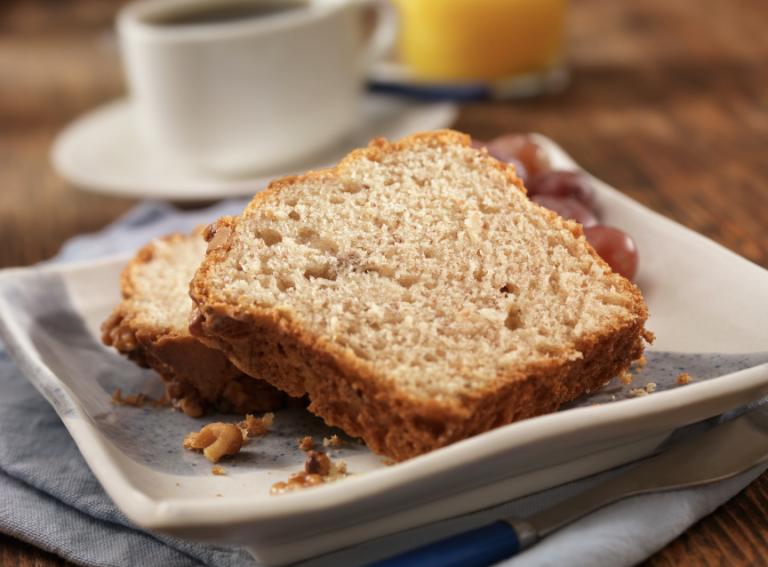Chicken Stir Fry Recipe: Nutritious, Delicious, and Easy to Make
Chicken stir fry, a mainstay in Asian cuisine, originated in China. The concept of stir frying traces back to the Han dynasty (206 BC–220 AD). Chinese chefs developed this quick-cooking method to preserve the flavors and textures of fresh ingredients. Eventually, stir frying spread from China to other regions in Asia, becoming popular worldwide. Stir fry’s appeal lies in its simplicity and flexibility, making it an ideal choice for various ingredients and seasonings.
Key Ingredients
A classic chicken stir fry features several key ingredients:
- Chicken: Boneless, skinless chicken breasts or thighs, cut into bite-sized pieces, provide a tender and protein-rich base.
- Vegetables: Common choices include bell peppers, broccoli, carrots, snap peas, and onions, which add color, nutrition, and texture.
- Aromatics: Garlic, ginger, and scallions bring depth and fragrance, enhancing the overall flavor.
- Sauces: Soy sauce, oyster sauce, hoisin sauce, and sesame oil create a savory, slightly sweet profile and help bind the dish together.
- Seasonings: Salt, pepper, and optional red pepper flakes or chili paste can adjust the heat and seasoning to taste.
These key ingredients work harmoniously to create a balanced and flavorful chicken stir fry dish.
How to Make Chicken Stir Fry
Essential Cooking Techniques
Mastering essential cooking techniques ensures your chicken stir fry is flavorful and well-cooked. Begin by marinating the chicken to enhance its taste and tenderness. Use a mix of soy sauce, sesame oil, and a cornstarch slurry for this purpose. Allow the chicken to sit for 15-30 minutes.
Heat a wok or a large skillet over high heat until it begins to smoke slightly. Add a small amount of oil with a high smoke point, such as canola or peanut oil. Stir-fry the chicken in batches to avoid overcrowding, ensuring even cooking and a good sear.
After removing the chicken, quickly stir-fry aromatics like garlic and ginger until fragrant. Introduce vegetables, starting with those that take longer to cook, such as broccoli and carrots. Add quicker-cooking vegetables like bell peppers and snap peas afterward. Maintain high heat throughout the process to keep the vegetables crisp and vibrant.
Return the chicken to the wok and add a savory sauce made of soy sauce, oyster sauce, and a touch of chicken broth. Stir continuously to coat all ingredients evenly. Finish the dish by adding a splash of sesame oil and a sprinkle of green onions before serving.
Choosing the Right Utensils
Selecting the right utensils is crucial for an efficient stir fry. A wok is the traditional choice, providing even heat distribution and ample surface area for tossing ingredients. A large, flat-bottomed skillet works as an alternative if a wok isn’t available.
Invest in a sturdy spatula or a long-handled spoon. These tools help you stir quickly and efficiently without damaging the wok’s surface. A pair of metal tongs can be useful for handling larger pieces of chicken and vegetables.
Prepare ingredients in advance using a sharp chef’s knife and a large cutting board. Uniformly sized pieces ensure even cooking. Having all components ready before you start cooking streamlines the process, allowing you to focus on high-heat stir frying without interruptions.
Chicken Stir Fry Variations
Regional Twists on the Recipe
Various regions have their unique takes on chicken stir fry. Each variation incorporates local ingredients or cooking techniques to add distinct flavors:
- Szechuan Chicken Stir Fry: This variation features Szechuan peppercorns, chili peppers, and garlic for a spicy kick. Soy sauce, rice vinegar, and hoisin sauce add complexity.
- Cantonese Chicken Stir Fry: Focuses on mild and slightly sweet flavors. Oyster sauce, light soy sauce, and a touch of sugar are essential ingredients.
- Thai Chicken Stir Fry: Includes ingredients like fish sauce, lime juice, and Thai basil. Often incorporates vegetables like bell peppers and snap peas.
- Japanese Chicken Stir Fry: Known as “Yakisoba”, this style involves stir-frying noodles with chicken, cabbage, and carrots. Seasoned with soy sauce and Worcestershire sauce.
Vegetarian and Vegan Alternatives
Many options are available for those preferring vegetarian or vegan alternatives:
- Tofu Stir Fry: Replace chicken with firm tofu. Marinate tofu in soy sauce and sesame oil, then stir-fry until crispy.
- Tempeh Stir Fry: Use tempeh as a protein source. Its nutty flavor pairs well with vegetables and standard stir-fry sauces.
- Vegetable Stir Fry: Focus on a mix of vibrant vegetables. Bell peppers, broccoli, carrots, and snap peas offer texture and flavor.
- Seitan Stir Fry: For a meat-like texture, substitute seitan. It absorbs marinades well and delivers a satisfying bite.
These variations cater to diverse taste preferences while maintaining the integrity of the classic stir-fry technique.
Health Benefits of Chicken Stir Fry
Nutritional Breakdown
Chicken stir fry offers numerous nutritional benefits. One serving typically contains about 300-400 calories, depending on the ingredients and portion size. It’s a lean source of protein, providing approximately 30 grams per serving. Protein is crucial for muscle repair and growth.
Veggies in chicken stir fry, such as broccoli, bell peppers, and carrots, contribute essential vitamins and minerals. For example, broccoli is rich in vitamins C and K, bell peppers add vitamin A, and carrots supply beta-carotene. These nutrients support immunity, skin health, and vision.
A standard serving also offers around 10-15 grams of carbohydrates, mainly from vegetables. Stir fry sauces can add sodium, so opting for low-sodium soy sauce or making homemade versions can keep sodium levels in check.
Incorporating Healthy Ingredients
Integrating healthy ingredients can boost the nutritional profile of chicken stir fry. Use a variety of colorful vegetables to maximize vitamin and mineral intake. Consider adding spinach, snap peas, and zucchini for added benefits.
Swap out traditional soy sauce for alternatives like tamari or coconut aminos, which are lower in sodium and add unique flavors. Using lean cuts of chicken breast instead of dark meat or opting for organic chicken can reduce fat content.
Incorporate healthy oils like olive or avocado oil for cooking. These oils provide heart-healthy monounsaturated fats. Adding nuts such as cashews or almonds can enhance texture and offer beneficial fatty acids and protein.
By incorporating these ingredients, you can create a well-rounded, nutritious chicken stir fry that aligns with a balanced diet.
Conclusion
Chicken stir fry isn’t just a delicious meal; it’s a nutritional powerhouse that can easily fit into a balanced diet. By selecting fresh, colorful vegetables and lean cuts of chicken, you’re ensuring a dish that’s both flavorful and healthful. Experiment with different sauces and aromatics to keep things interesting and cater to your taste preferences. Remember, the key to a great stir fry lies in the quality of your ingredients and the balance of flavors. Enjoy the process and savor every bite of your homemade chicken stir fry!






